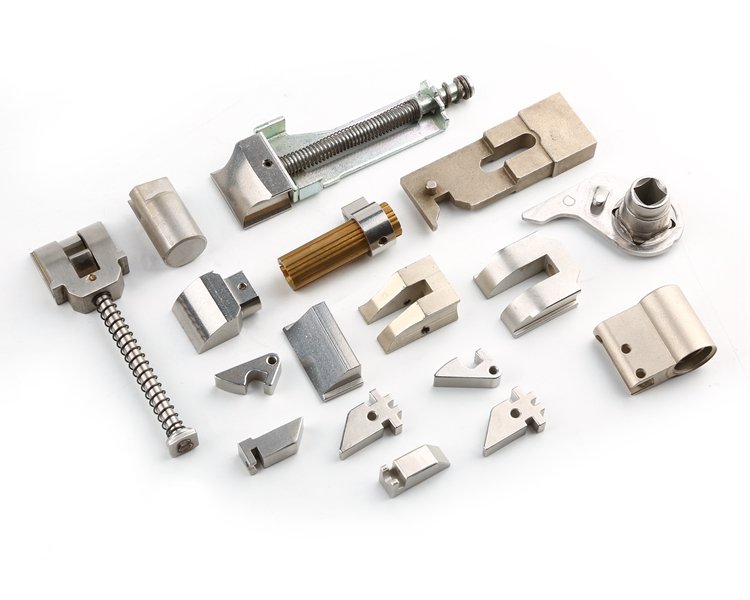
Powder Metallurgy: The Art of Building Metal Piece by Piece
Often called the “process of precision,” powder metallurgy is a versatile and efficient manufacturing technique for creating complex metal parts. Let’s break down how it turns fine metal powder into robust, high-performance components.
The Basic Steps of Powder Metallurgy Processes
The PM process can be summarized in three fundamental steps: Blending, Compacting, and Sintering.
1. Powder Production & Blending
It all starts, unsurprisingly, with powder. Metal powders can be pure elements (like iron or copper) or pre-mixed alloys (like stainless steel). These fine particles are produced through processes like atomization, where molten metal is broken up into tiny droplets that solidify into powder.
These powders are then carefully blended in a mixer. This is where we add other alloying elements (like carbon or nickel) and a lubricant. The lubricant is crucial—it reduces friction during the next step and helps eject the finished part from the mold.
2. Compacting (Pressing)
Next, the blended powder is loaded into a precision die, a mold that has the shape of the desired part. A powerful press then applies immense pressure—anywhere from 10 to 100 tons per square inch!
This pressure compresses the loose powder into a compact shape, known as a “green part.” Imagine pressing snow into a snowball; the green part holds its shape, but it’s still relatively fragile and has little strength. At this stage, the part is about as strong as a piece of chalk.
3. Sintering
This is where the magic happens. The green parts are placed on a conveyor belt and moved through a controlled-atmosphere sintering furnace. The furnace heats the parts to a temperature just below the metal’s melting point.
Under this intense heat, the metal particles begin to bond metallurgically. They fuse together at their contact points, significantly strengthening the part, increasing its density, and giving it its final mechanical properties. After sintering, what was once a fragile “green” compact becomes a strong, coherent metal part.
Optional Secondary Operations
For many applications, the part is ready after sintering. However, additional steps can further enhance its properties:
- Sizing/Coining: Repressing the sintered part to improve dimensional accuracy.
- Heat Treatment: To increase hardness and strength.
- Infiltration: Soaking the part with a lower-melting-point metal (like copper) to fill pores and increase density.
- Oil Impregnation: A common process for self-lubricating bearings. The porous PM part soaks up oil, creating a part that lubricates itself during use.
Why Choose Powder Metallurgy?
So, why go through all this trouble? PM offers some incredible advantages:
- Complex Shapes: It can produce intricate shapes that are difficult or impossible to achieve with machining or casting.
- Material Efficiency: The process is near-net-shape, meaning very little material is wasted as scrap—a huge cost and environmental benefit.
- High Precision & Reproducibility: PM parts are known for their excellent dimensional consistency, part after part.
- Controlled Porosity: As mentioned, this is perfect for creating self-lubricating bearings or filters.
- Unique Material Combinations: It allows for the creation of composites, like copper-infiltrated steel, that can’t be made by melting.
From the silent gears in your dishwasher to the powerful magnets in an electric vehicle motor, powder metallurgy is a cornerstone of modern manufacturing. It’s a brilliant testament to how building something piece by piece can lead to results that are stronger, more efficient, and perfectly formed.
